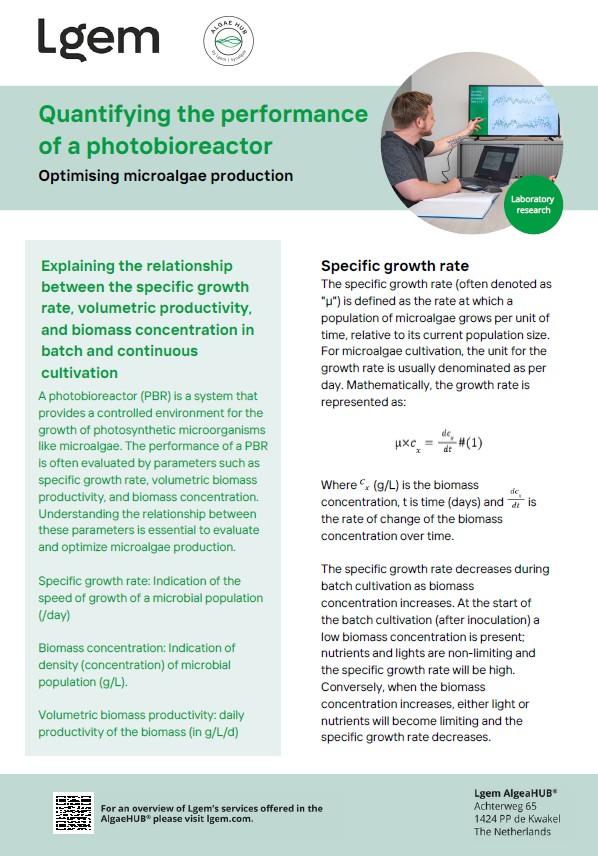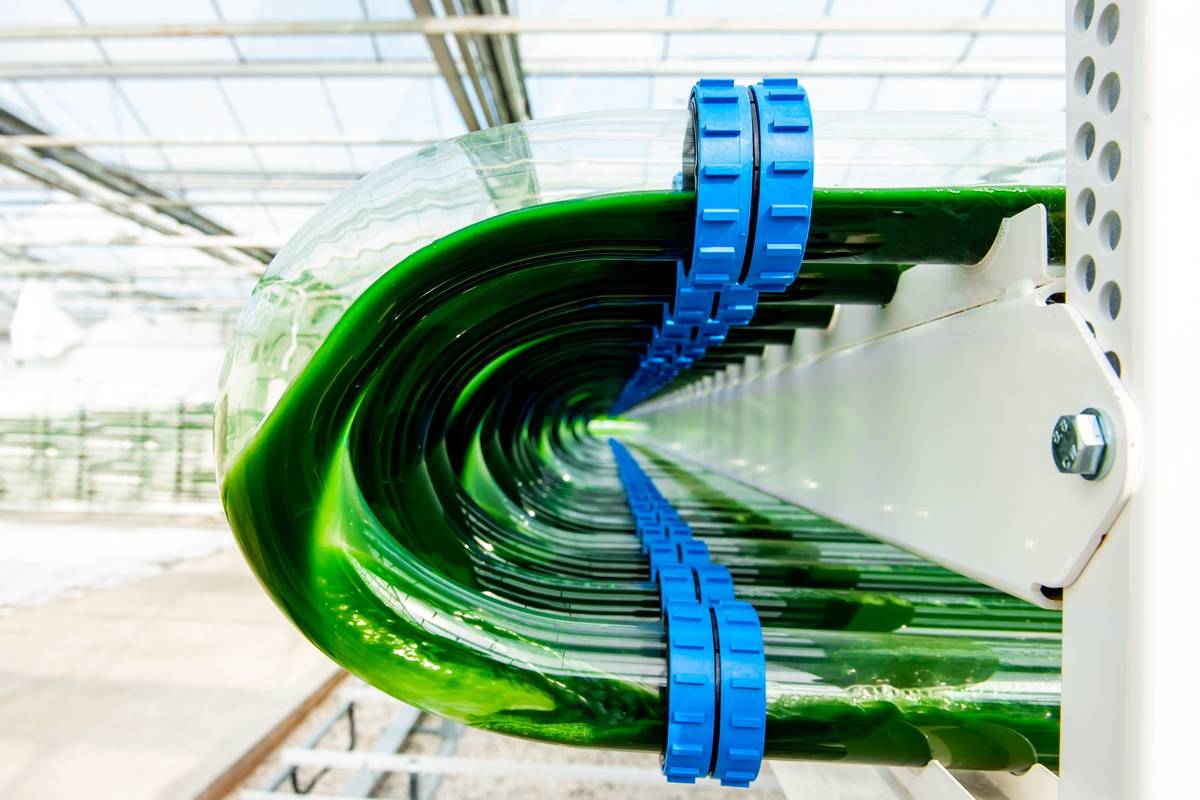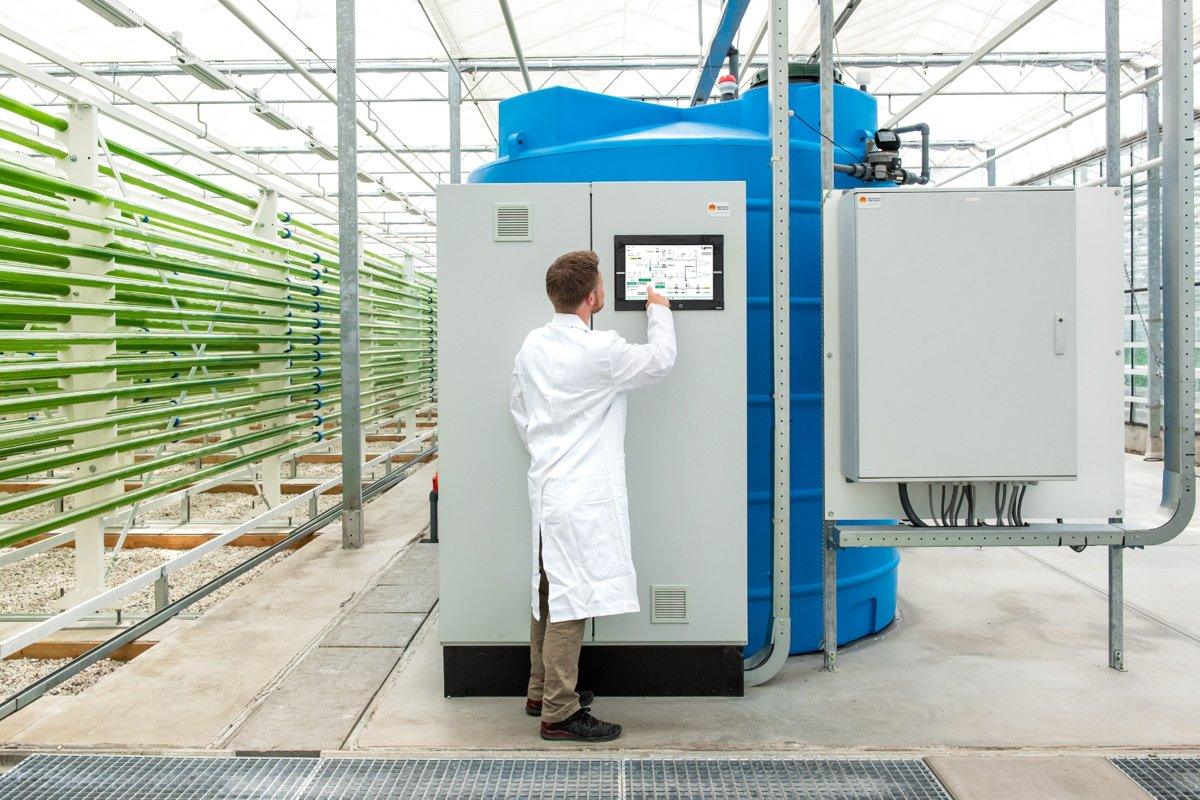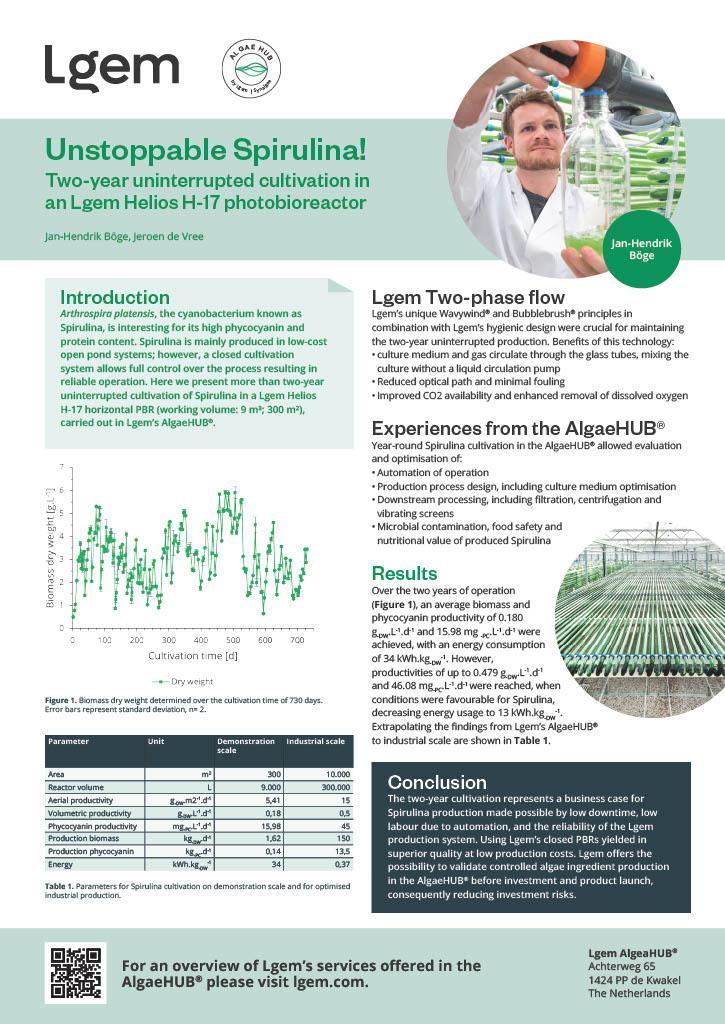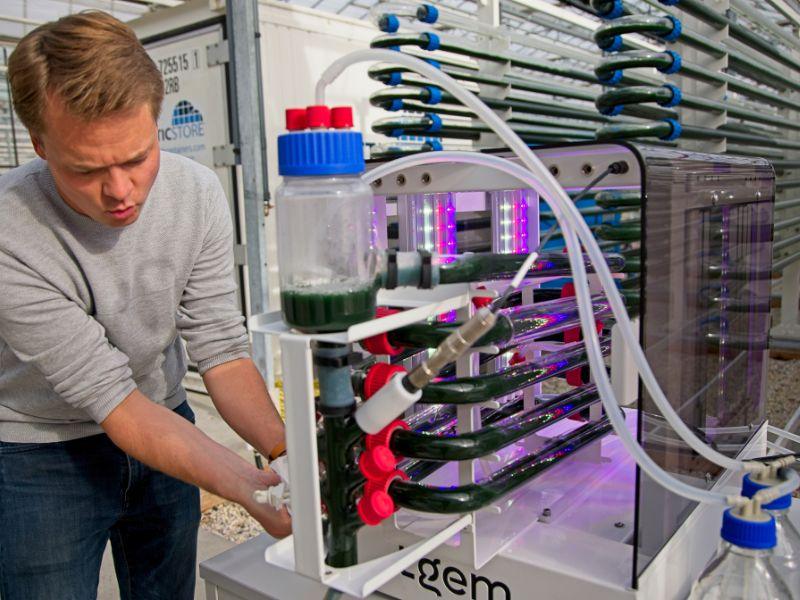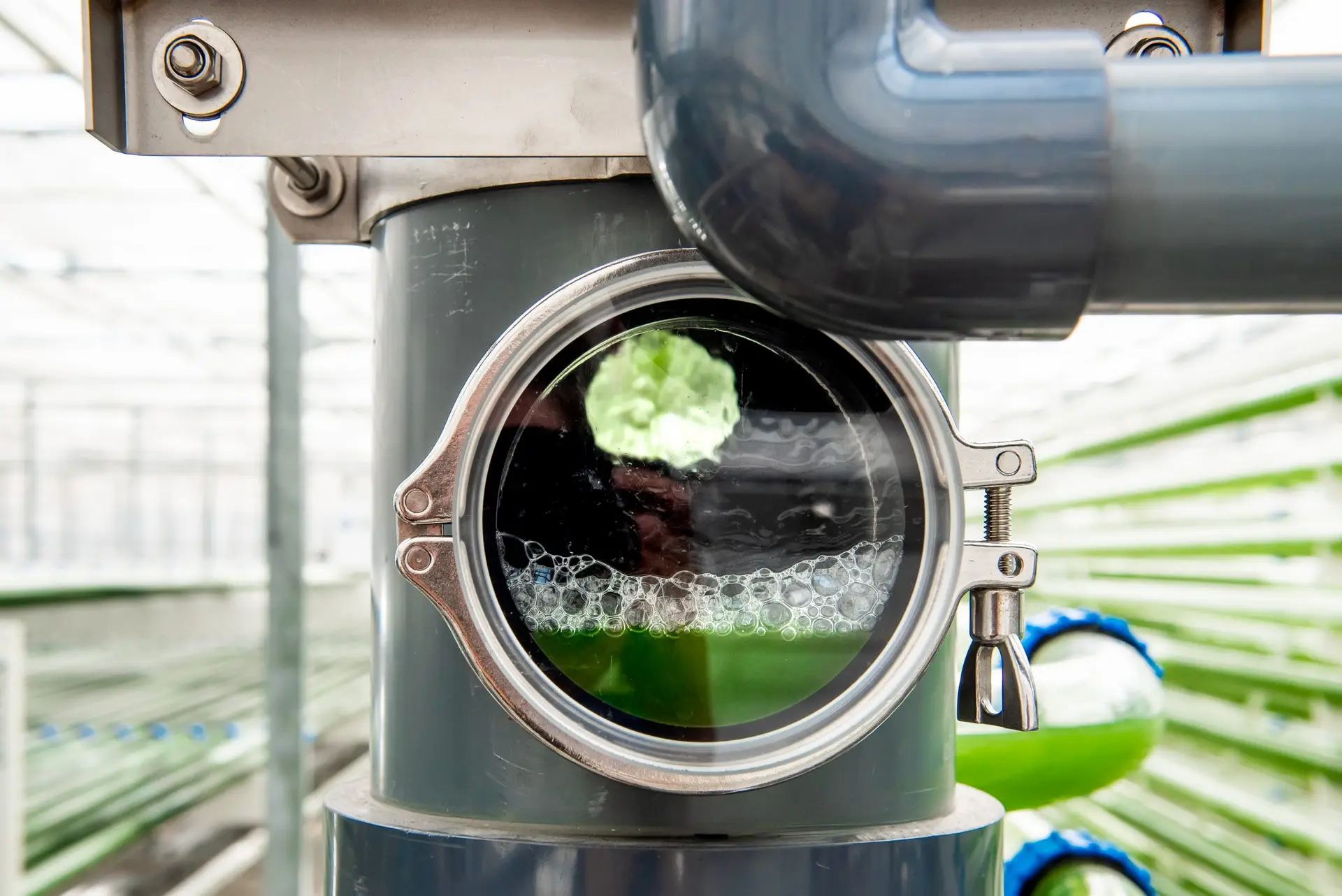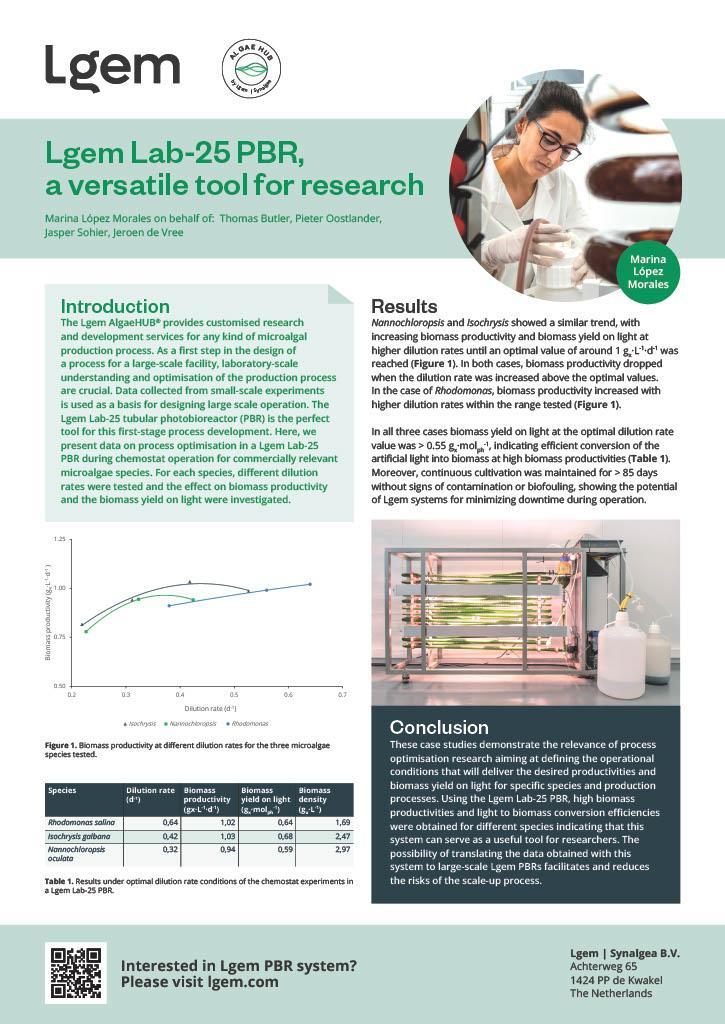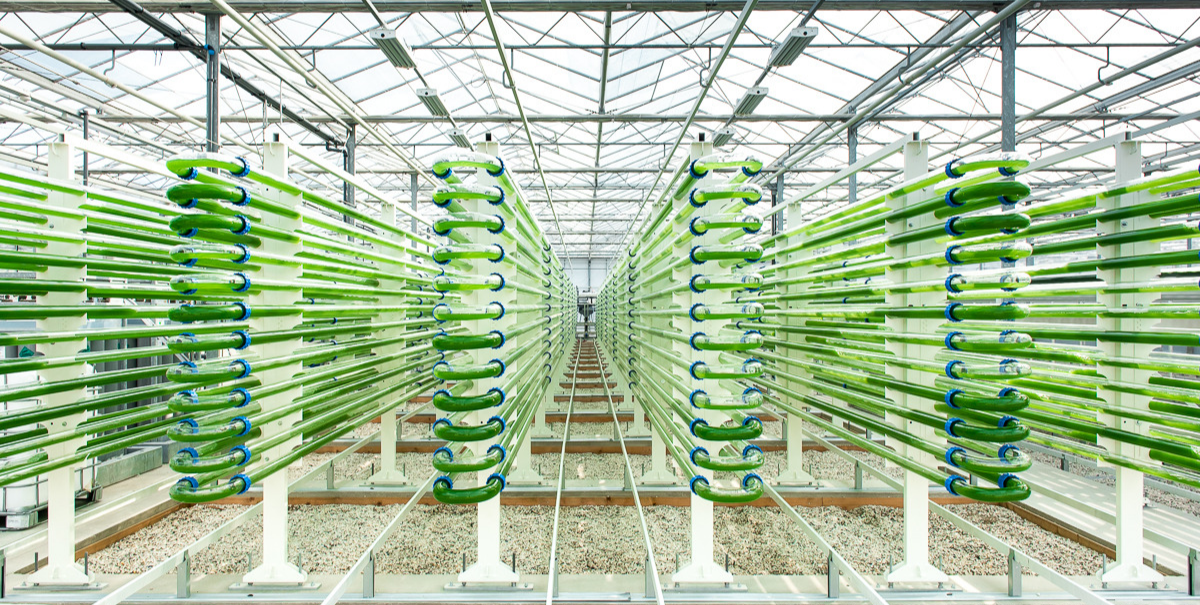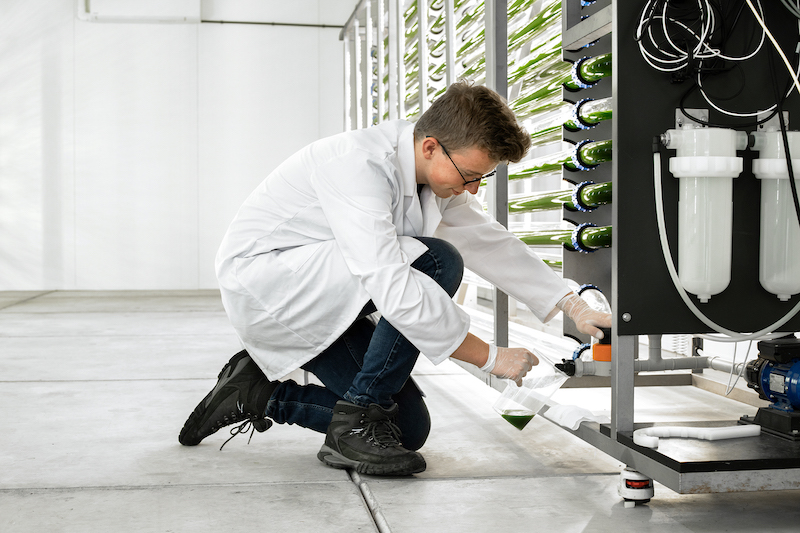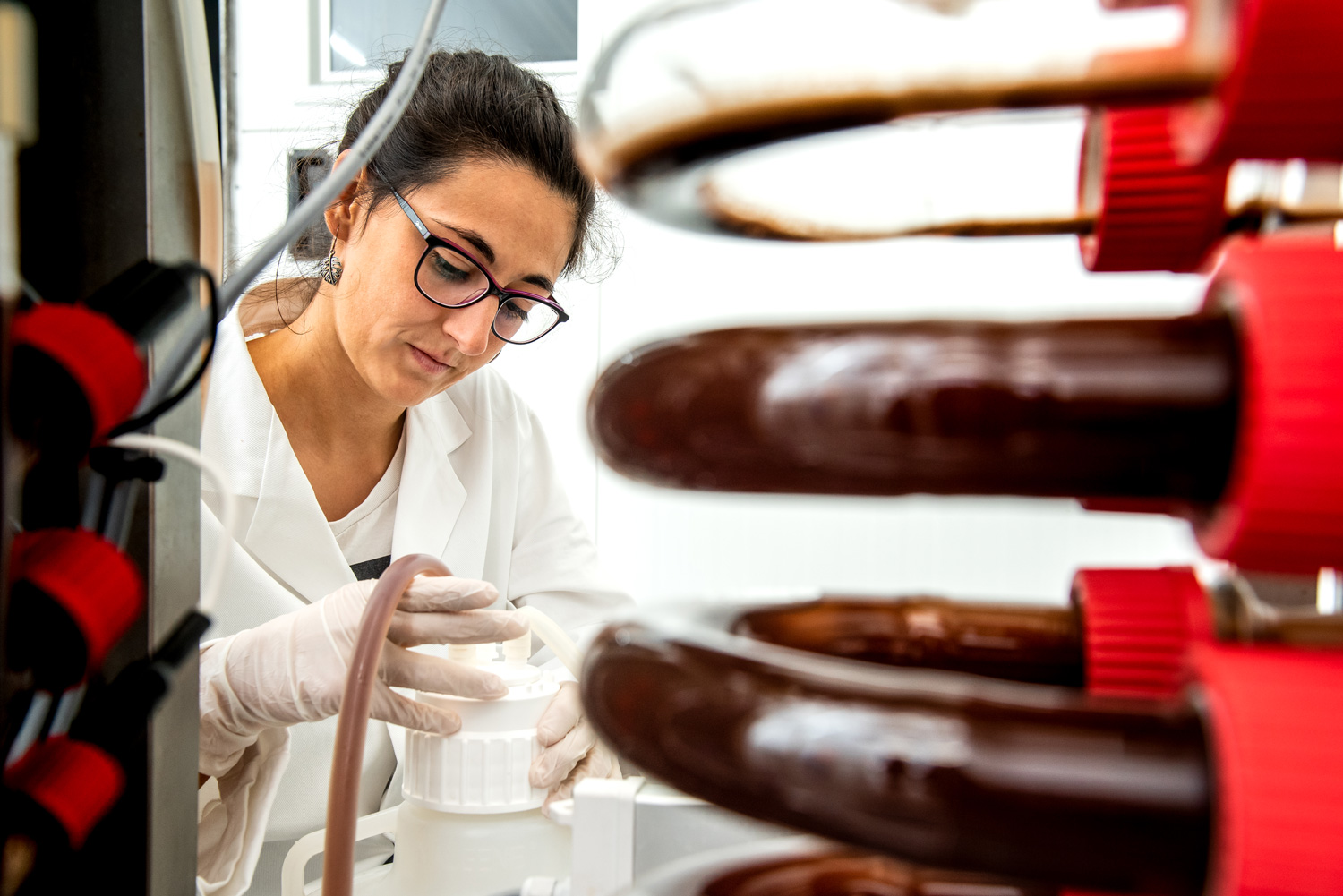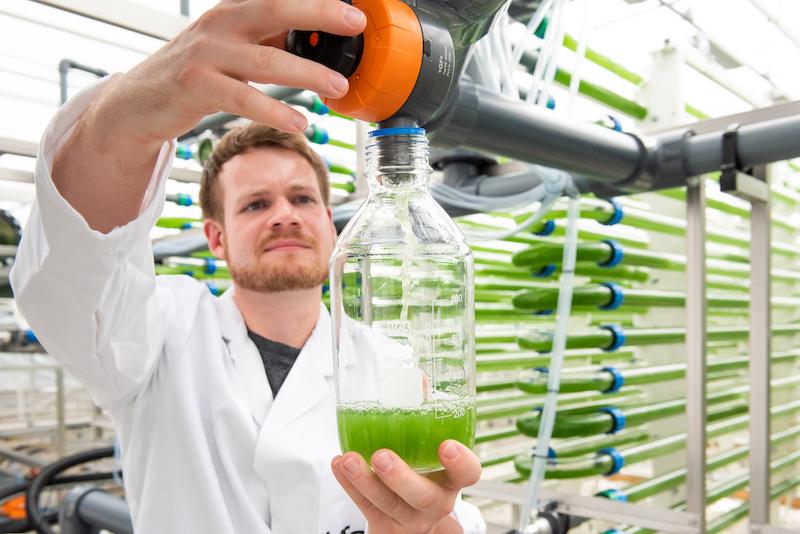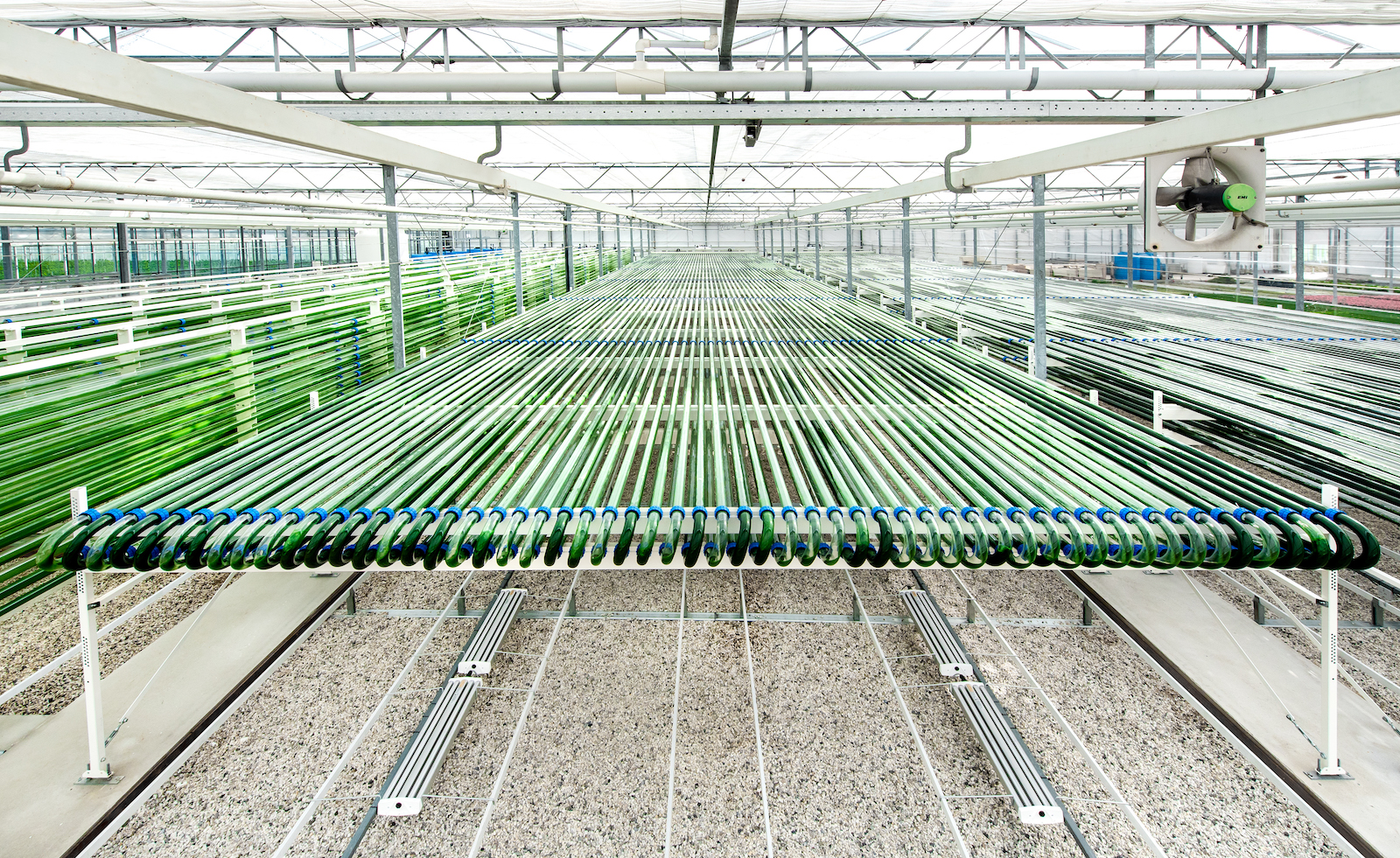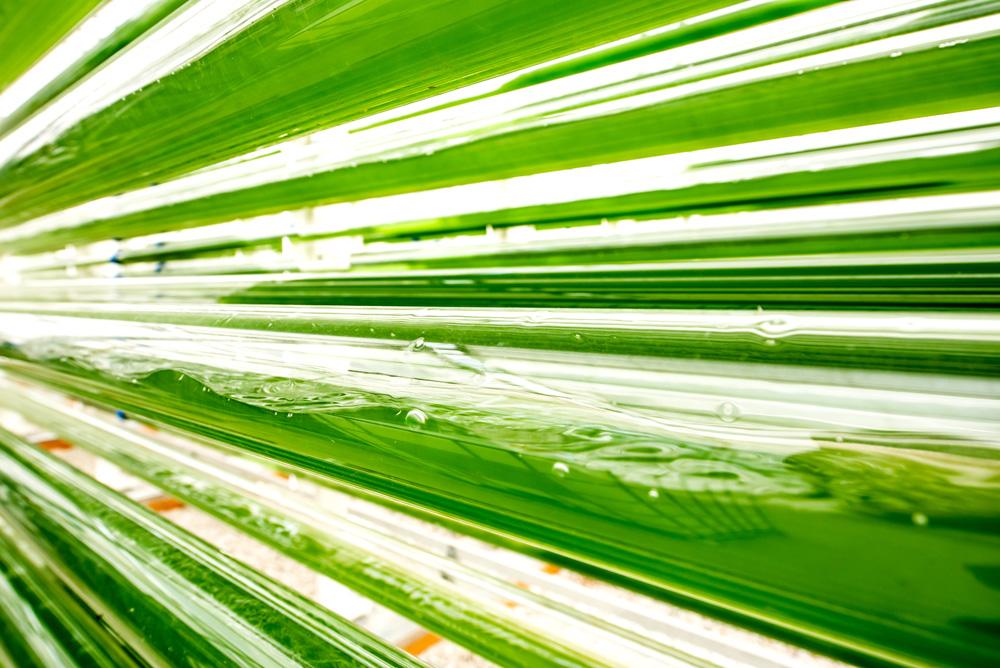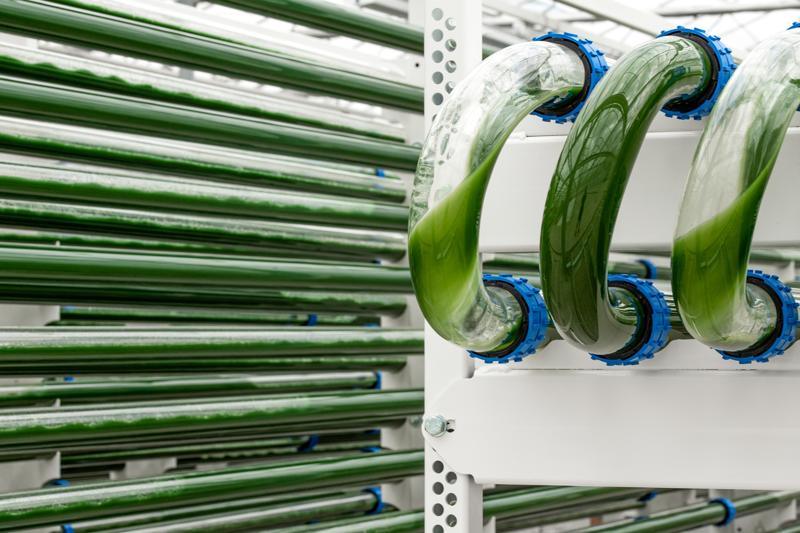
Can you use a wastewater stream to grow algae?
At Lgem, we often receive inquiries about growing algae on nutrient-rich wastewater stream using our Photobioreactors for algae.
Wastewater streams can provide a valuable source of nutrients for growing algae in various applications. Algae can consume nutrients such as nitrogen and phosphorus, which are commonly found in wastewater streams from sources such as municipal wastewater treatment plants, industrial processes, and agricultural runoff. By using wastewater as a nutrient source, algae cultivation can provide a sustainable and cost-effective solution for wastewater treatment while also generating a valuable biomass product.
At Lgem we have customers who are already cultivating algae on sewage water or exploring the potential of using wastewater from the fishery industry. this is one of the reserach directions investigated in the Locality project, in which Lgem participates: LOCALITY – Circularity powered by Algae – Locality
However, not all wastewater streams are suitable for algae cultivation, and various factors must be considered to determine their potential use. Here we summarize the most important aspects to take into consideration when contemplating growing algae on your waste stream.
Composition
The nutrient composition of the wastewater must be analyzed to determine if it has the necessary nutrients for algae production. Nutrient-rich wastewater may not have the ideal nutrient composition for the algae you intend to grow.
Therefore, it is crucial to identify an algae species that can thrive in the specific wastewater or to selectively add the necessary nutrients to resolve any imbalances.
In addition, organic compounds may be present, and it is essential to determine if they should be removed beforehand and how to achieve this.
One notable application of microalgae is polishing wastewater by removing the last traces of nitrogen and phosphate. After traditional water treatment processes, algae can utilize these residual nutrients for growth, providing an extra purification step. This approach often requires a specialized setup, such as retaining the algae within the reactor using filtration. By doing so, a high rate of nutrient removal and uptake is achieved while water flows continuously through the culture.
Turbidity of wastewater stream
The turbidity of the wastewater is a common issue that affects the growth of phototrophic algae by reducing the distribution of light in the culture. It is important to investigate the cause of the turbidity and explore possible removal methods.
Microbial contaminants
Microbial contamination can affect the microalgae cultures, when these are grown on the waste water, this issue can be addressed by using microfiltration or ultrafiltration for viruses.
Regulatory restrictions
Regulatory requirements may vary depending on the application of the producedalgae, such as food production, which requires compliance with specific process water standards.
Next steps
Overall, using wastewater streams to grow algae can be a promising approach for both wastewater treatment and biomass production, but careful consideration and optimization are necessary to ensure optimal results.
The initial steps to consider include determining:
• The amount of wastewater to be processed per unit of time.
• The nutrient composition of the wastewater
When you would like to explore this topic further, please contact us, and we will be happy to assist you in your journey.
